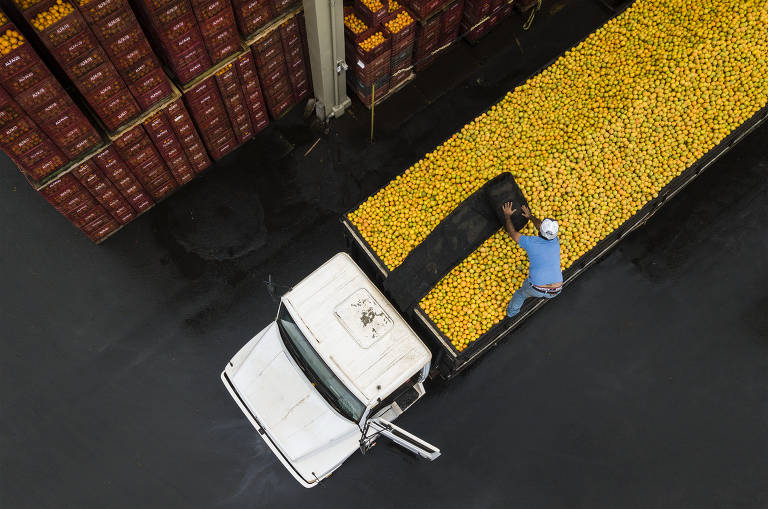Brazil is the world’s third-largest fruit producer, but only 23rd in the ranking of exports, according to Abrafrutas (Brazilian Association of Producers and Exporters of Fruits and Derivatives). But the sale of fruit from Brazil encounters logistical issues, a scenario aggravated by the coronavirus pandemic.
About 10% of exported products depend on airplanes to reach their destination. With the closure of airports during the quarantine, sensitive fruits with a shorter lifespan stopped shipping.
In the first half of 2020, the volume of fruit exported by the country fell 5% compared to the same period last year, totaling 399.8 million kilos.
In order to send their products to destinations such as the United States and England, for example, the farmer must obtain mandatory international certificates of good hygiene practices, handling of the fruit, and care for labor.
The phytosanitary requirements and export tariffs, however, end up scaring a good part of Brazilian producers.
For Luiz Roberto Barcelos, partner at Agrícola Famosa, the sector lacks the culture of selling abroad. “It is difficult because Brazil has almost no bilateral agreements. Few markets are open to people,” says the producer, who also complains about the lack of registration by federal agencies of pesticides used in farming, preventing obtaining export documents.
During the pandemic, sales for citrus fruits increased. Producers link the increase to the higher demand for food sources of vitamin C.
The Brazilian fruit-growing sector tries to conquer new frontiers. Soon, national melons will be shipped to China. There are also negotiations to sell avocados to Chile and apples to Colombia.
Translated by Kiratiana Freelon
